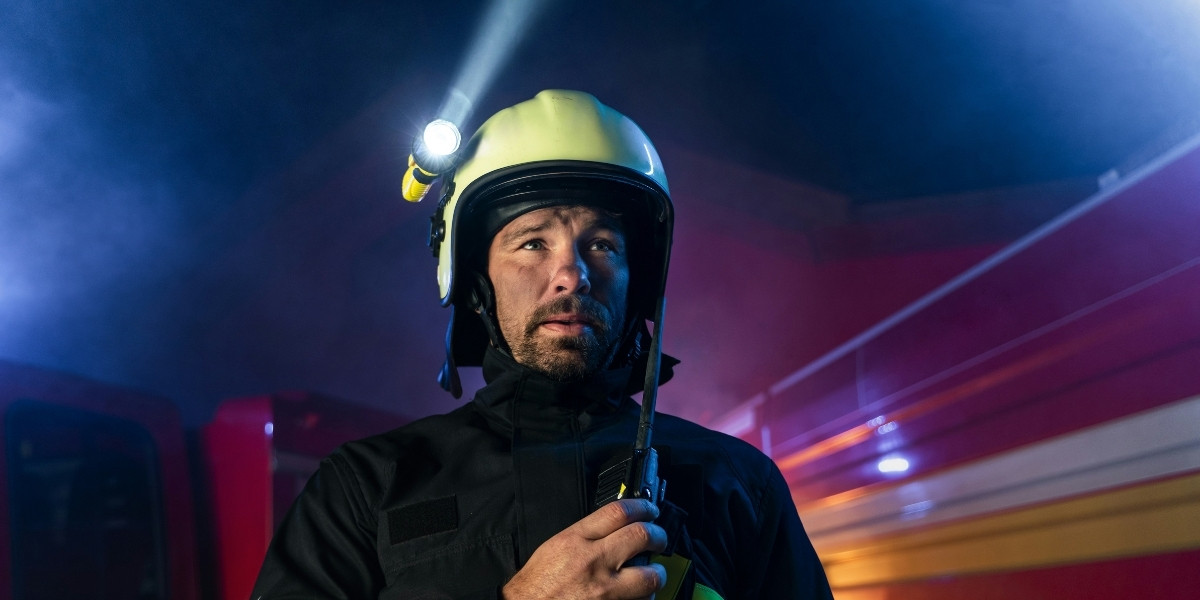One of the most obvious reasons to keep communication channels open is for the immediate safety of everyone involved. When an emergency strikes—whether it’s something like a fire, a natural event, a security issue, or a sudden technical failure that impacts safety—getting information out quickly is paramount. If communication lines aren’t open, people might not know there’s a danger, where to go, or what actions to take.
Imagine a situation where an alarm sounds, but nobody knows if it’s a drill or a real emergency, or where the safest exit is. Without open lines, confusion can spread, leading to delays in evacuation, improper responses, or even people unknowingly putting themselves in more danger. Rapid communication allows for immediate alerts, clear instructions for shelter-in-place or evacuation, and ensures that everyone who needs to know about the situation gets that vital information without delay. This speed can dramatically reduce potential harm and help keep people out of harm’s way.
Coordinated Response: Getting the Right Help, Fast
Beyond immediate safety, open communication lines are absolutely essential for a coordinated and effective response. In any emergency, multiple parties might need to work together: internal teams, emergency services like fire departments or medical personnel, security staff, and management. If these groups can’t communicate quickly and clearly, the entire response can become disorganized and inefficient.
Consider a critical system failure at a facility. The maintenance team needs to inform operations, security might need to manage access, and leadership needs to decide on next steps, perhaps even informing external stakeholders if it impacts services. Clear channels allow for sharing real-time information about what’s happening, where it’s happening, and what resources are needed. This continuous flow of information helps responders make informed decisions, allocate resources effectively, and coordinate their actions, ultimately reducing the overall impact of the emergency and helping to resolve it faster. Without this, there could be duplication of efforts, misallocation of resources, or critical delays in getting necessary support.
Minimizing Impact and Maintaining Control

Keeping communication lines open also plays a big part in minimizing the overall impact of an emergency and helping an organization maintain a sense of control. In any crisis, rumors and misinformation can spread quickly, especially if there’s a void of official information. Reliable, consistent communication from designated sources helps to manage the narrative, reduce panic, and prevent unnecessary speculation.
For a business, this might mean quickly informing employees about alternative work arrangements during an outage, or providing updates on recovery efforts. For a building, it means clear guidance for occupants. When people feel informed and know that there’s a plan in place, it helps to instill confidence and maintain order during chaotic times. Furthermore, the ability to document communications during an emergency can be very important for later review, analysis, and for making improvements to future emergency plans. It allows an organization to learn from the experience and strengthen its resilience against future challenges.
Building Trust and Supporting Recovery
Finally, the commitment to keeping communication lines open for emergencies also builds trust and supports the recovery process long after the immediate crisis has passed. When an organization demonstrates that it prioritizes the safety and well-being of its people by providing clear, timely, and empathetic communication during a difficult situation, it reinforces trust among employees, partners, and the wider community. This trust is invaluable for maintaining morale and loyalty.
In the aftermath of an emergency, communication continues to be vital. It’s needed for debriefing teams, assessing damages, coordinating recovery efforts, and offering support to those affected, which might include mental health resources or assistance with practical next steps. Open lines allow for transparent updates on recovery progress and what steps are being taken to return to normal operations. This continuous dialogue, even after the immediate danger has passed, helps everyone move forward together, learn from the experience, and emerge stronger as a result.








